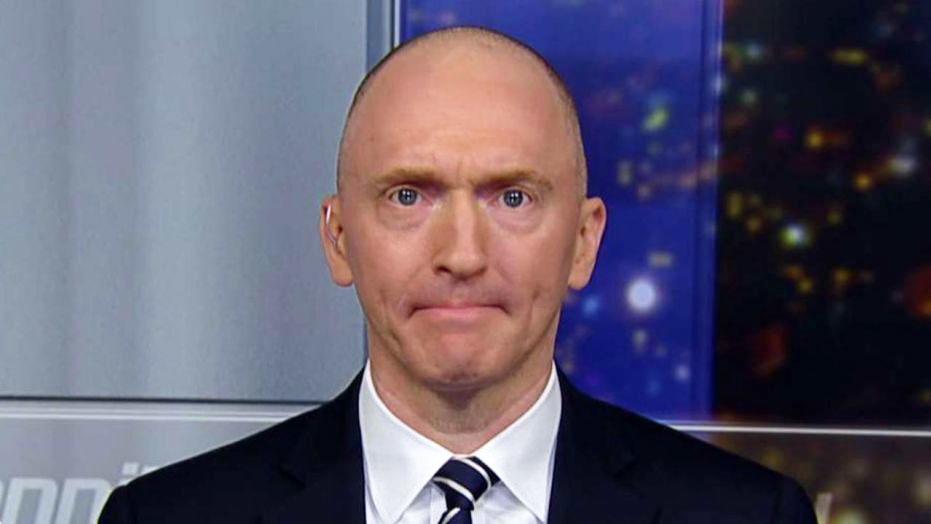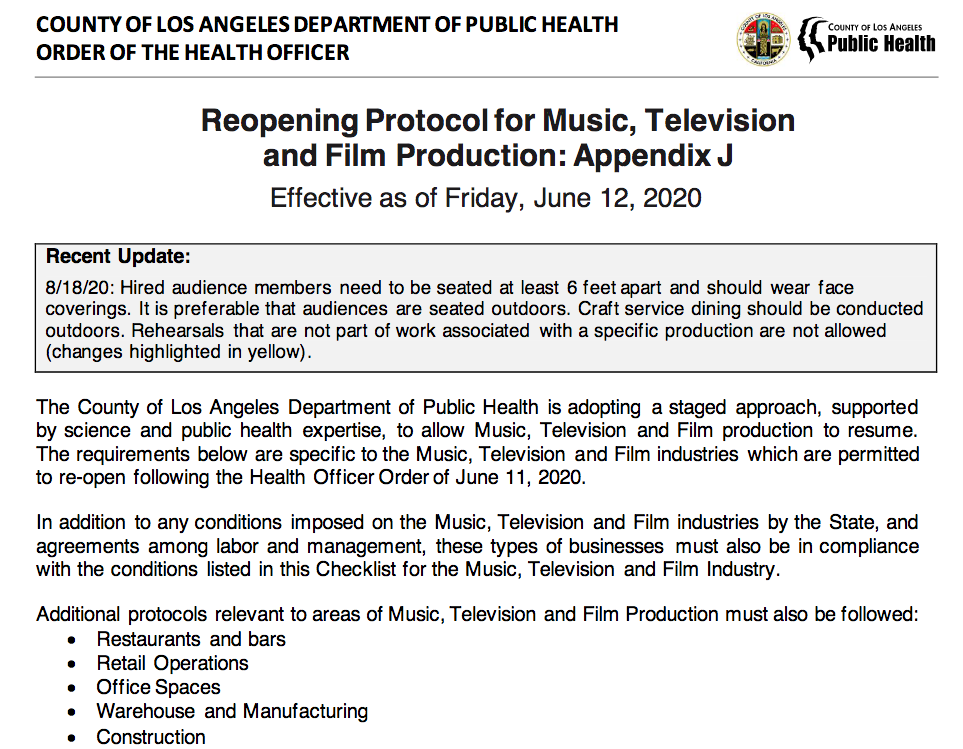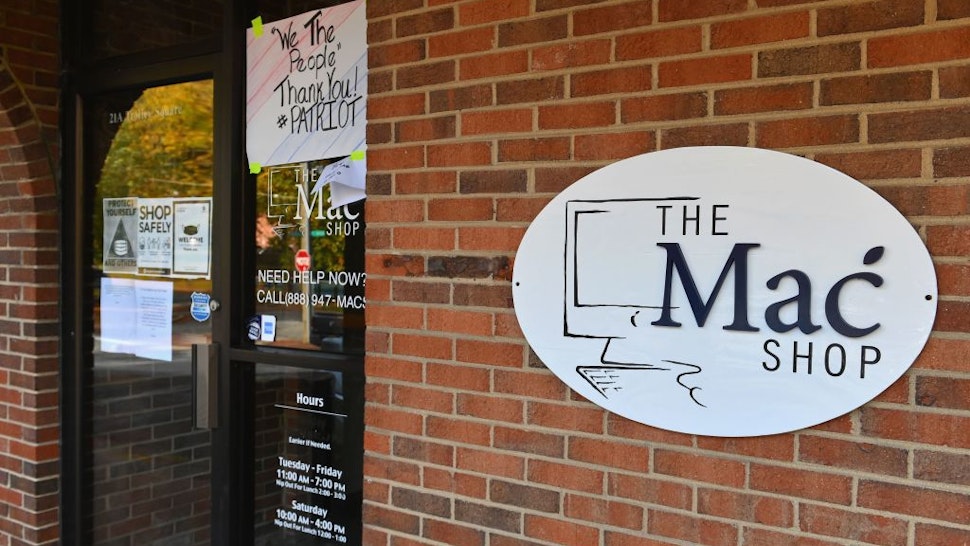Yippee!!
Former Trump adviser Carter Page has filed a $75 million lawsuit against multiple high-ranking Department of Justice officials—including the Department of Justice itself, the FBI, James Comey, Andrew McCabe and several others—over what the suit claims are violations of Page’s Constitutional rights stemming from surveillance carried out on him years ago.
 photo
photo
The lawsuit seeks “accountability and damages against the individuals and agencies” who reportedly wronged Page via “unlawful surveillance and investigation.” The suit alleges that Page was targeted for surveillance “because of his lawful association with the 2016 Presidential campaign of Donald Trump.”
The suit argues that “four false and misleading warrant applications” permitted government officials to “engage in electronic surveillance” of Page. The Justice Department has conceded that it had insufficient evidence to justify at least two of the four warrants used against Page.
The defendants in the case, the suit claims, “fabricated or intentionally disregarded critical evidence, and misled the [Foreign Intelligence Surveillance Court], in order to obtain the FISA warrants”.
“This case is about holding accountable the entities and individuals who are responsible for the most egregious violation and abuse of the FISA statute since it was enacted over forty years ago,” the lawsuit states.
Carter Page is seeking a jury trial.
Included in the lawsuit are:
JAMES COMEY7845 Westmont Ln.McLean, VA 22101,
ANDREW McCABE42751 Summerhouse Pl. Broadlands, VA 20148,
KEVIN CLINESMITH1375 Keyon St. NW, Apt. 607Washington D.C., 20010,
PETER STRZOK3214 Prince William Dr.Fairfax, VA 22031,
LISA PAGE1229 D St. NE Washington D.C., 20002,
JOE PIENTKA III3227 20thRd. N. Arlington, VA 22207
STEPHEN SOMMA6 Overlook Dr.Madison, CT 06443,
BRIAN J. AUTEN10245 Quiet Pond Ter.Burke, VA 22105,
DEPARTMENT OF JUSTICE,950 Pennsylvania Avenue, NW Washington, DC 20530-0001,CIVIL NO.:JURY TRIAL DEMANDED Case 1:20-cv-03460 Document 1 Filed 11/27/20 Page 1 of 59
The hearing held by Chairman Lindsey Graham of the Senate Judiciary Committee, provided the teeth and the bite of the Carter Page lawsuit with some admissions by Defendant Andrew McCabe as follows:
On November 10, 2020, Defendant Andrew McCabe testified in front of the Senate Judiciary Hearing that “any material misrepresentation or error in a FISA application is unacceptable. Period. The FBI should be held to the standard of scrupulous accuracy that the [FISA] court demands.” When pushed to explain “Who is responsible for ruining Mr. Carter Page’s life?” McCabe finally responded, “We are all responsible for the work that went into that FISA.” This lawsuit seeks that accountability and damages against the individuals and agencies who wronged Plaintiff, Carter W. Page (“Dr. Page”).
Specifically, Dr. Page seeks relief herein for Defendants’ multiple violations of his Constitutional and other legal rights in connection with unlawful surveillance and investigation of him by the United States Government. Dr. Page was targeted because of his lawful association with the 2016 Presidential campaign of Donald Trump. Dr. Page is entitled to relief for Defendants’ unjustified and illegal actions (including violations of federal criminal law), which violated federal statutes enacted to prevent unlawful spying on United States persons, as well as the Constitution.
The 59 page lawsuit is found here.




 Mac Isaac’s lawyer, Brian Della Rocca, confirmed to the
Mac Isaac’s lawyer, Brian Della Rocca, confirmed to the 